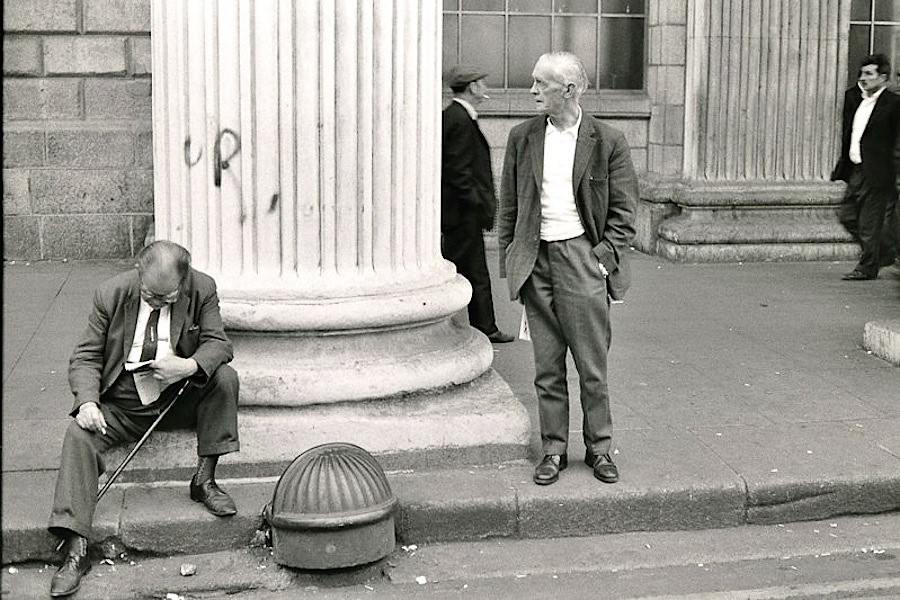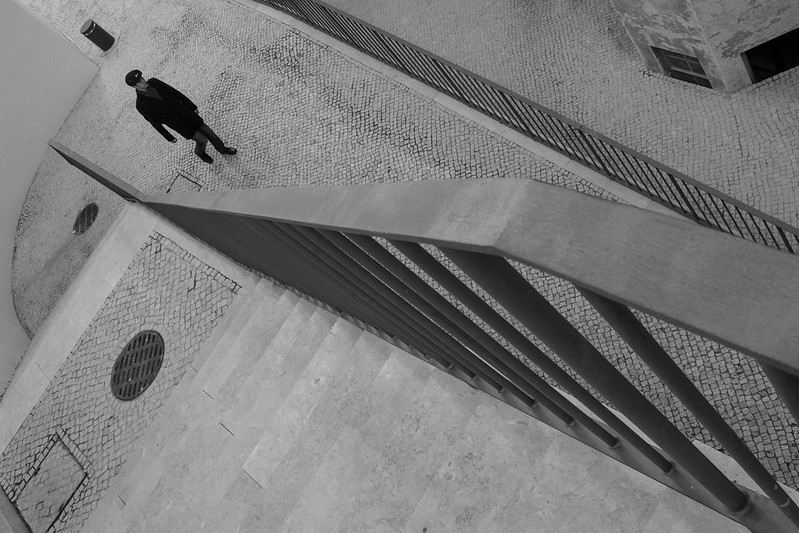Free Photography Bundle ($180 value): PS actions, LR presets, photo overlays, & print templates!
Get it here.
Without a doubt, Henri Cartier Bresson is one of the most recognized named in photography and a true pioneer of street photography. Though Bresson no longer walks among us, his techniques and his legacy remain an integral part of any street photographers studies. One of his many contributions to photography was a term you may already be familiar with–the decisive moment.
What Is The Decisive Moment
The decisive moment is one of those things that is somewhat difficult to explain, but when you see it, you know you’ve got it. To quote Cartier Bresson himself, “To me, photography is the simultaneous recognition, in a fraction of a second, of the significance of an event as well as of a precise organization of forms which give that event its proper expression.”
 The concept is incredibly fascinating, especially when listening to Cariter Bresson explain it himself. If you’re interested in learning more from the master himself, check out the short documentary, Henri Cartier-Bresson: The Decisive Moment.
The concept is incredibly fascinating, especially when listening to Cariter Bresson explain it himself. If you’re interested in learning more from the master himself, check out the short documentary, Henri Cartier-Bresson: The Decisive Moment.
Developing An Eye For The Action
It’s true what they say, timing is everything. Capturing the decisive moment takes practice. Not only do you have to be in the right place at the right time, but you also need to be able to predict a snap-worthy moment and be ready with camera in the short time that you have before the moment has passed.
While it may seem like a matter of luck, it can actually be a very calculated process (that takes place in just a few seconds or less!). So practice. A lot. Even when you don’t have a camera on you. Train your eye to “look” for decisive moments, take mental notes, eventually you’ll be able to spot them a mile away with plenty of time to react.
Timing Is Everything
And once your eye is sharp and you’re noticing decisive moments happen more and more often, you’re going to need to be ready with your camera. When you’re out on the street walking around and getting some practice in, remember to check your camera settings occasionally. As the light changes (the sun moves across the sky, you walk onto a shady road, etc…) so will your exposure settings. Be aware of the light!
Change your exposure settings when the light changes so you’re already to shoot. It’s a bad feeling to miss a perfect shot because you were too busy fumbling around with the shutter speed–trust me, you’re going to want to avoid doing that whenever possible.
If your camera offers priority modes, you can use those to help cut out some of the guess work and get nice consistent shots. Of course, it should always be a goal to work your way up to full manual mode, but sometimes a little extra help from the camera is useful when you’re just learning the ropes.
Be Stealthy

Most street photographers choose to shoot with small, low profile cameras and lenses as to not draw attention to themselves. When you’re trying to take candid shots, it’s best not to be noticed by your subject. If you’re walking around with a giant DSLR and long zoom lens around your neck, people will notice it and could lessen the potential for getting candid shots. Just remember, travel light and blend in–you’ll be capturing decisive moments in no time!



